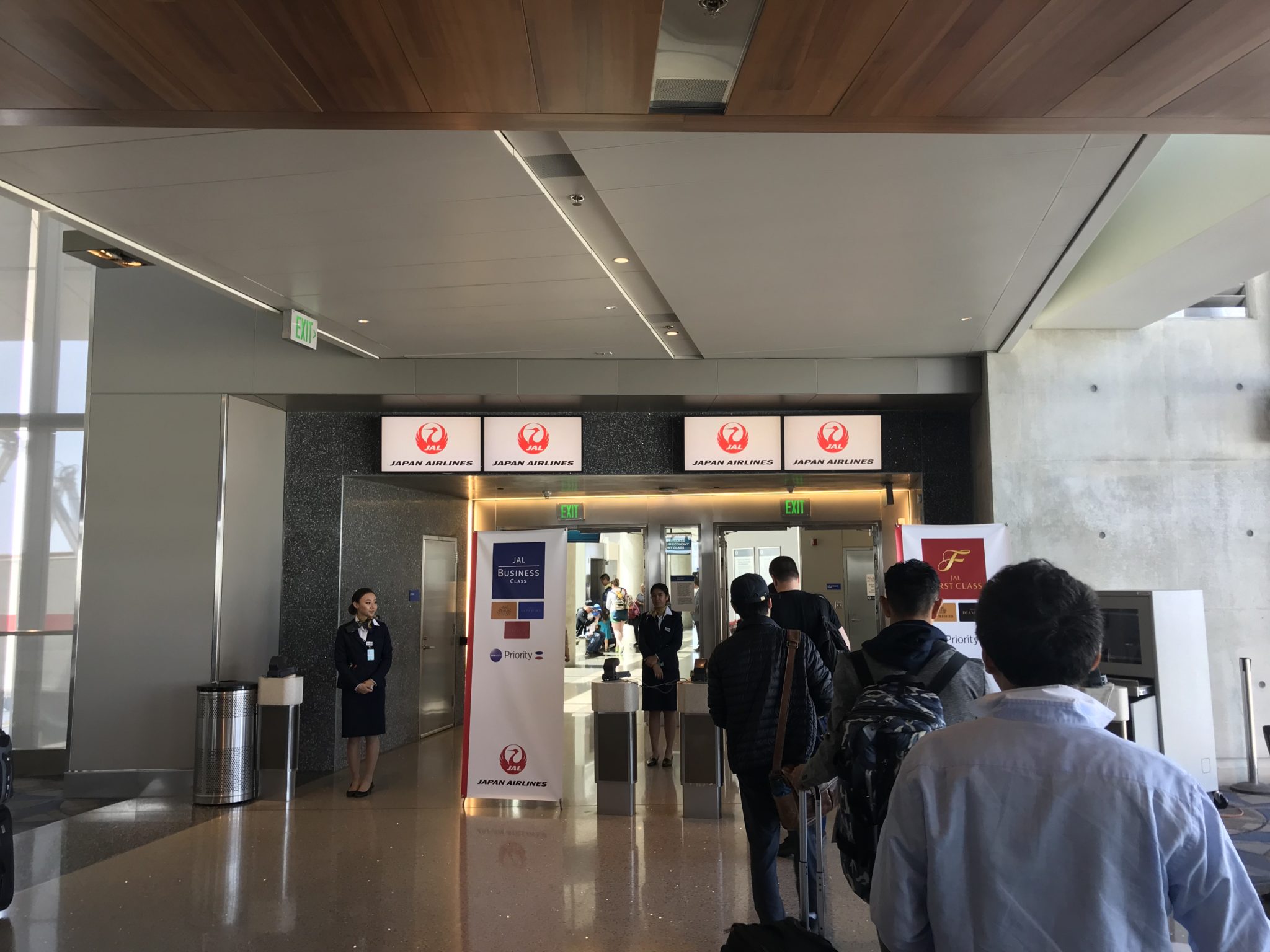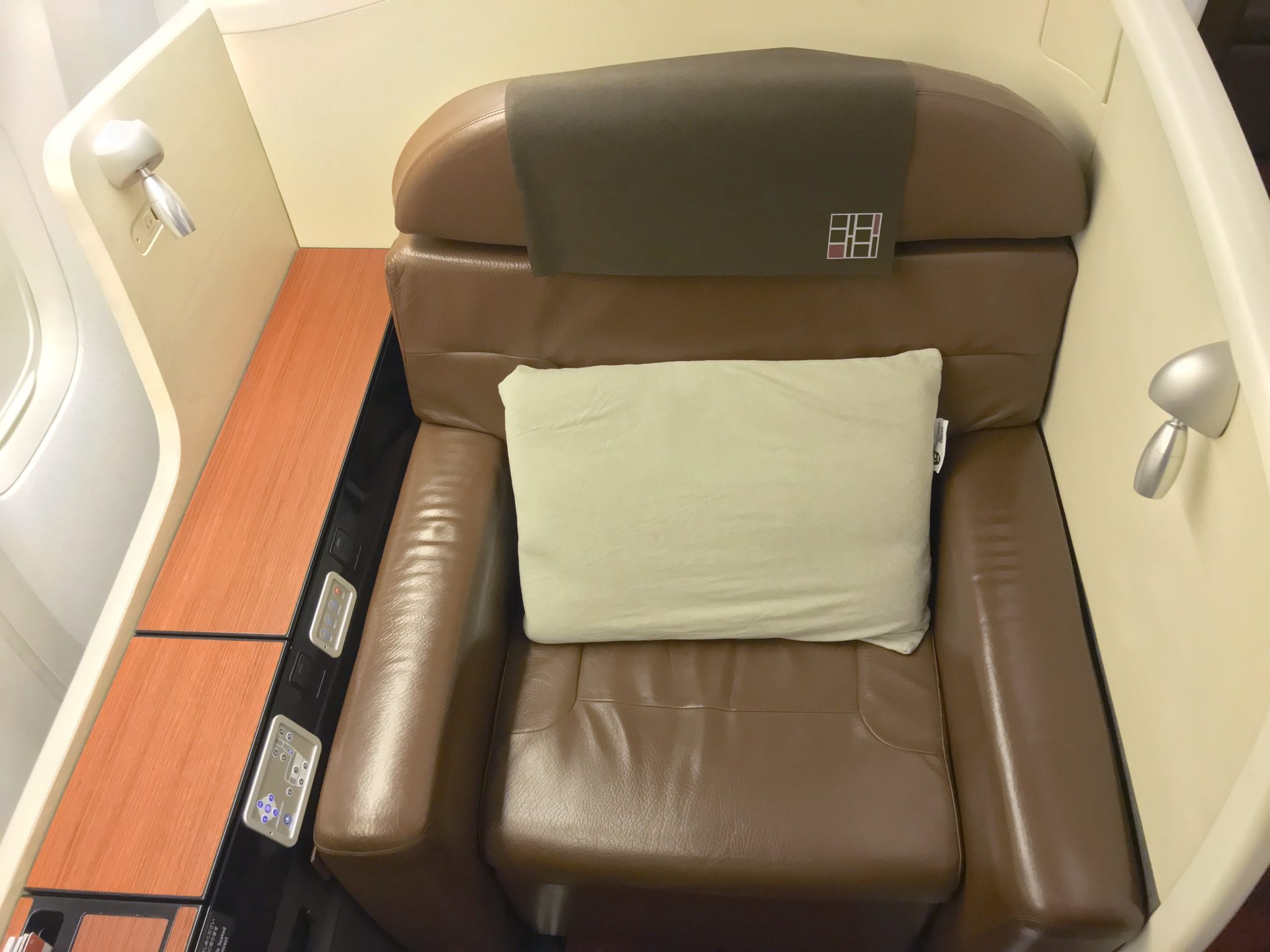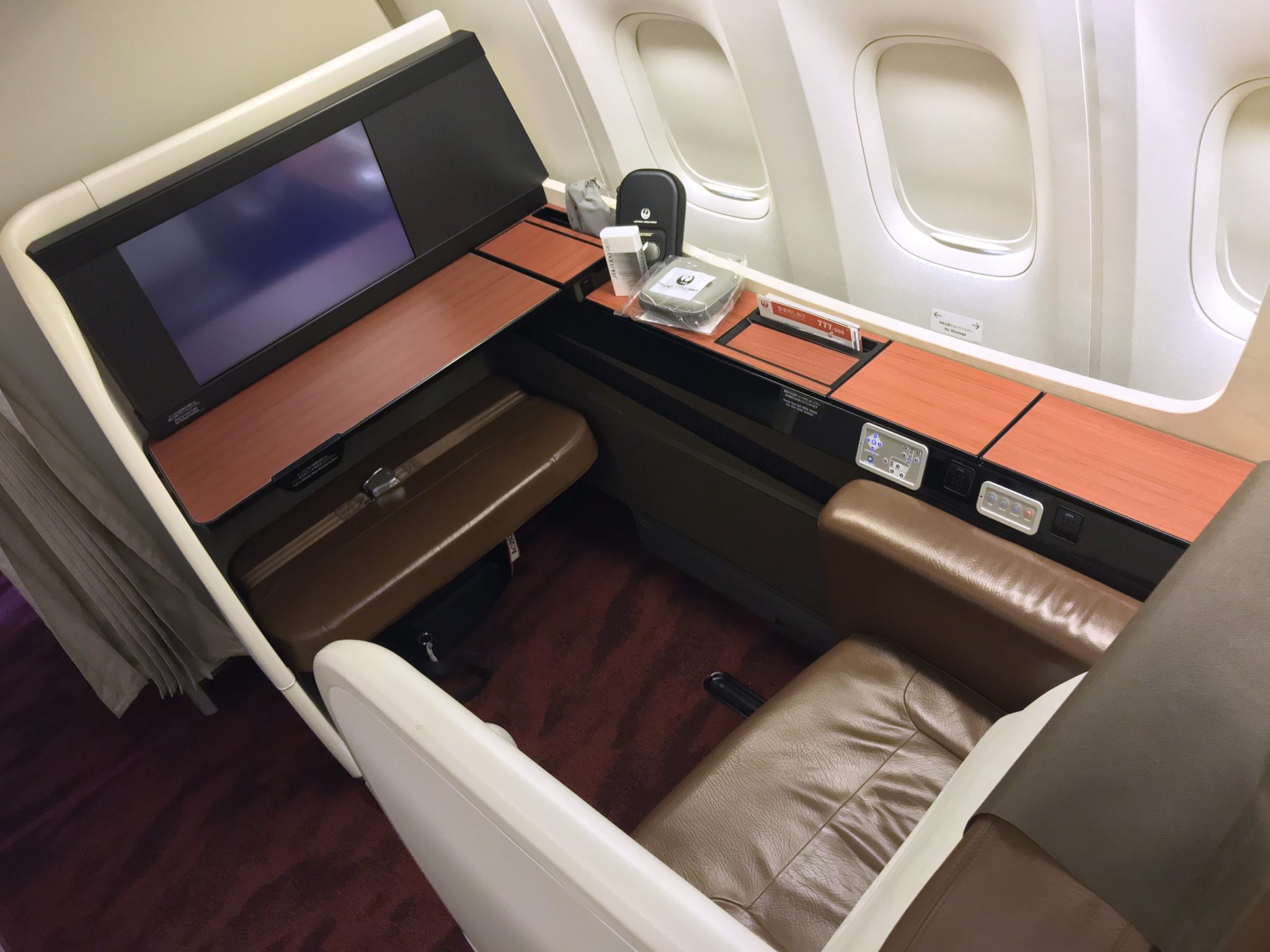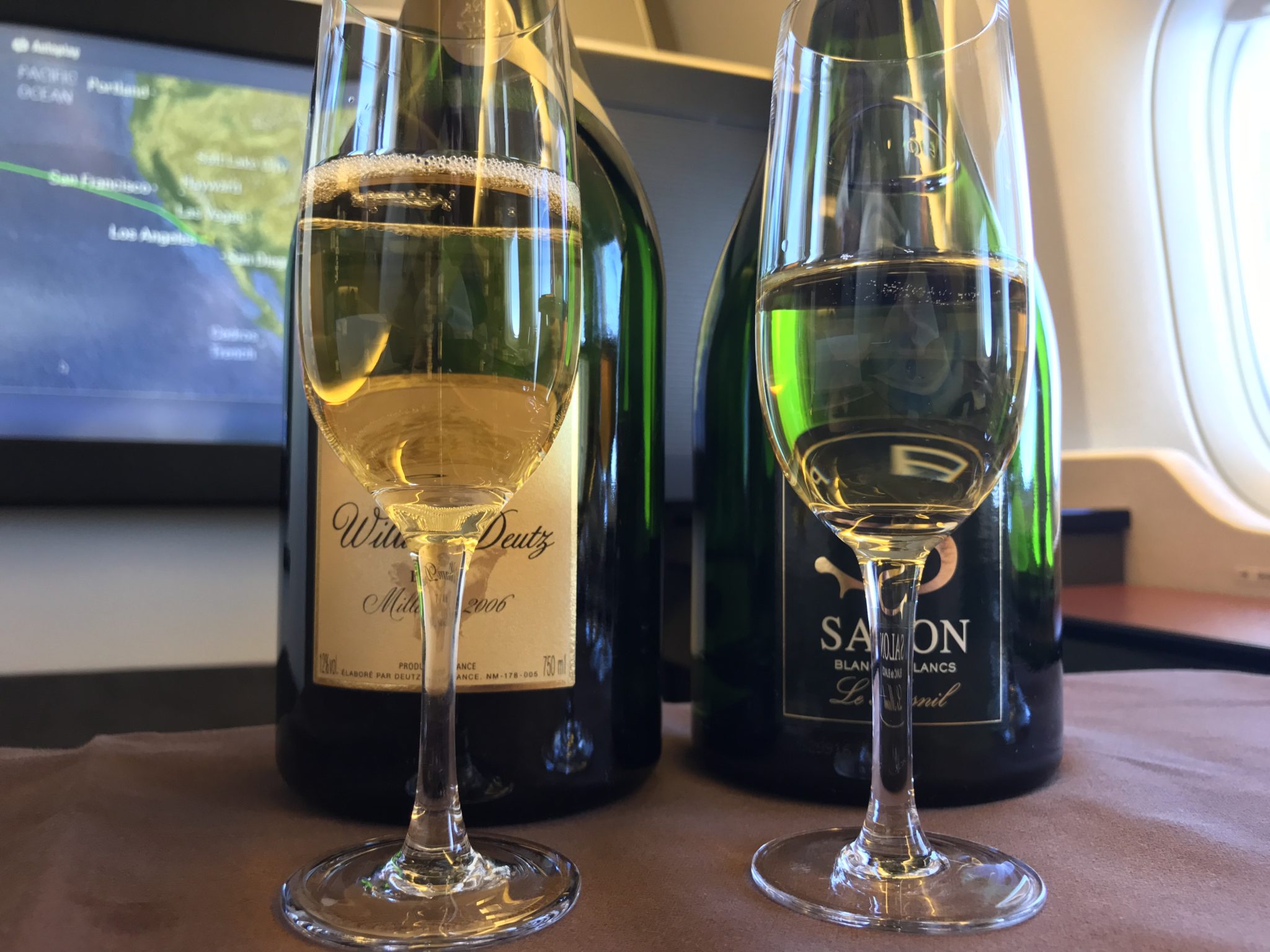 LAX to Tokyo is one of my favourite routes to fly in first class, and on a recent booking burning many well-earned frequent flyer miles, I turned my attention to Japan Airlines’ flagship first class on the Boeing 777-300ER.
LAX to Tokyo is one of my favourite routes to fly in first class, and on a recent booking burning many well-earned frequent flyer miles, I turned my attention to Japan Airlines’ flagship first class on the Boeing 777-300ER.
It’s a 1320 departure to arrive the day after at 1655, so my strategy for this (and other similarly timed flights) is to try to reset the old body clock by carrying on as if it were just a very long afternoon: a delicious lunch, a few naps, a few glasses of wine, and a mixture of books and movies.
I arrived on board after a refreshingly simple and well-organised boarding process and was escorted by the welcoming and friendly crew to my home for the next half a day.

The JAL experience started at the gate, where the very welcome overload of Japanese-speaking staff arranged customers into efficient and clear queues. Image: John Walton
The seat itself was elegantly simple for a first class seat: no doors, little pizzazz and certainly no bling, but buttery leather seats and flexible space to move around in.

The seat was very wide, which was perfect for sleeping but also provided a great curl-up-in-a-duvet-and-read session. Image: John Walton
If this is indeed “captains of industry class”, as one of my Japanese friends quipped to me, then the women and men at the top of the corporate tree will be very familiar with the materials and styling of the product.
The customisability, too, was intuitive, with sensibly laid out controls that were clear even without the extensive guide.
Welcome to my JAL SUITE. Looking forward to testing this one out for a really good post-expo snooze today! #thatjohnonJL #PaxEx pic.twitter.com/oG7ORPIlep
— John Walton • @thatjohn.bsky.social (@thatjohn) October 1, 2017
While a door is always nice for privacy, I felt cocooned but not shut off during dinner, and enjoyed a good nap afterwards.
In national context, it was a better product overall than the ANA seat I’d travelled on less than a year prior, which blocked windows and felt less spacious.
The one frustration was the crew’s insistence that everyone close every windowshade, which is not helpful for passengers who want to use light to adjust to their destination timezone.
I was deeply impressed by the drinks list, which provided a masterclass in how to create top-notch first class PaxEx in this part of the soft product arena, and the crew served the wines at the right temperature and with confidence.
Japanese airlines are fortunate in that many dishes from the national cuisine work well in the air, but the traditional multi-course dinner called kaiseki blends fresh ingredients, a deep understanding of umami, beautiful presentation, and a generous yet not full-to-burst serving size.
Japanese airlines have the best food in the sky. Not pictured: a succulent beef course and gold-leaf (!) dessert. #thatjohnonJL #PaxEx pic.twitter.com/4OWtCFrNQw
— John Walton • @thatjohn.bsky.social (@thatjohn) October 2, 2017
Less positive was the wifi, provided by Panasonic Avionics over Ku-band. Performance over the Pacific was not as positive or robust as it should be. Panasonic says it is addressing its wifi quality of service issues with a new modem and more Ku satellite capacity.
Yet there’s no good news for competitor Thales either, which provides the inflight entertainment system: it was clunky and performed poorly when there were reflections in the cabin, and either is not capable of high-definition video or did not have any loaded that I could find.
With no equivalent to ANA’s cult favourite Sky Eye Japanese tourism series, I’m afraid to say that I reverted to my iPad with preloaded TV and movies.
Overall, though, like its compatriot ANA the year previously, I found that the most incredible part of the trip was JAL’s crew and the omotenashi concept of hospitality and service that they delivered.
Warm, friendly and always happy to add a little bit of information about what I was eating, to offer a snack, or propose a matching beverage, their presence in the cabin was continuous — but seemingly effortless. Many airlines could learn much about first class service from JAL.
Image Gallery:
- Overall, I thought the small eight-seat cabin hit the right balance between airiness and privacy. Image: John Walton
- With the amenity kit and headphones, women receive a facemask and beauty kit, while men get a Shiseido facial kit. Image: John Walton
- Unfortunately, this was the story for most of my flight, and even when it wasn’t the Internet was unacceptably slow. Image: John Walton
- Japanese food is exceedingly well suited to the aircraft environment. Image: John Walton
- Every mouthful of the kaiseki meal was delicious. Image: John Walton
- I found JAL’s mattress pads very comfortable indeed. Image: John Walton
Related Articles:
- Japan Airlines offers a masterclass in how to build a first class wine list
- JAL’s domestic 777 first class exceeds expectations
- JAL’s $10 domestic “Class J” upgrade delights in its simplicity
- ANA first class embodies Japanese hospitality, ‘omotenashi’
- JAL’s seasonal lunch delights with whimsy and flavour



















